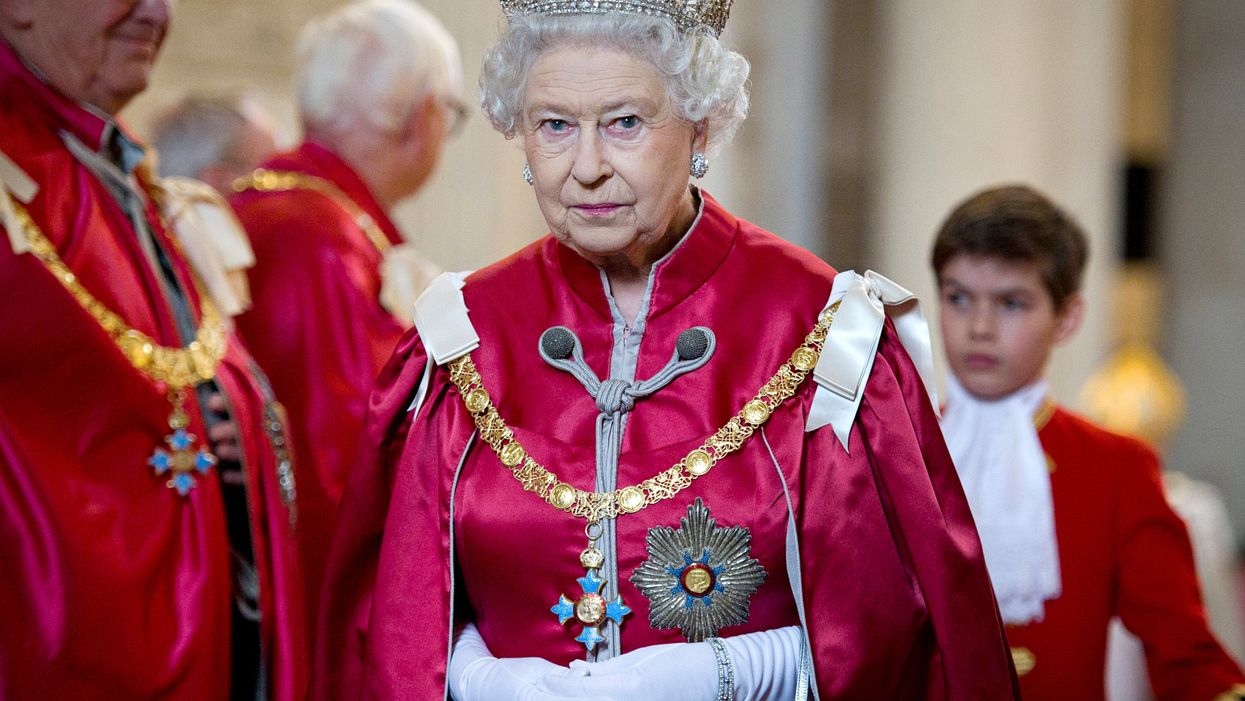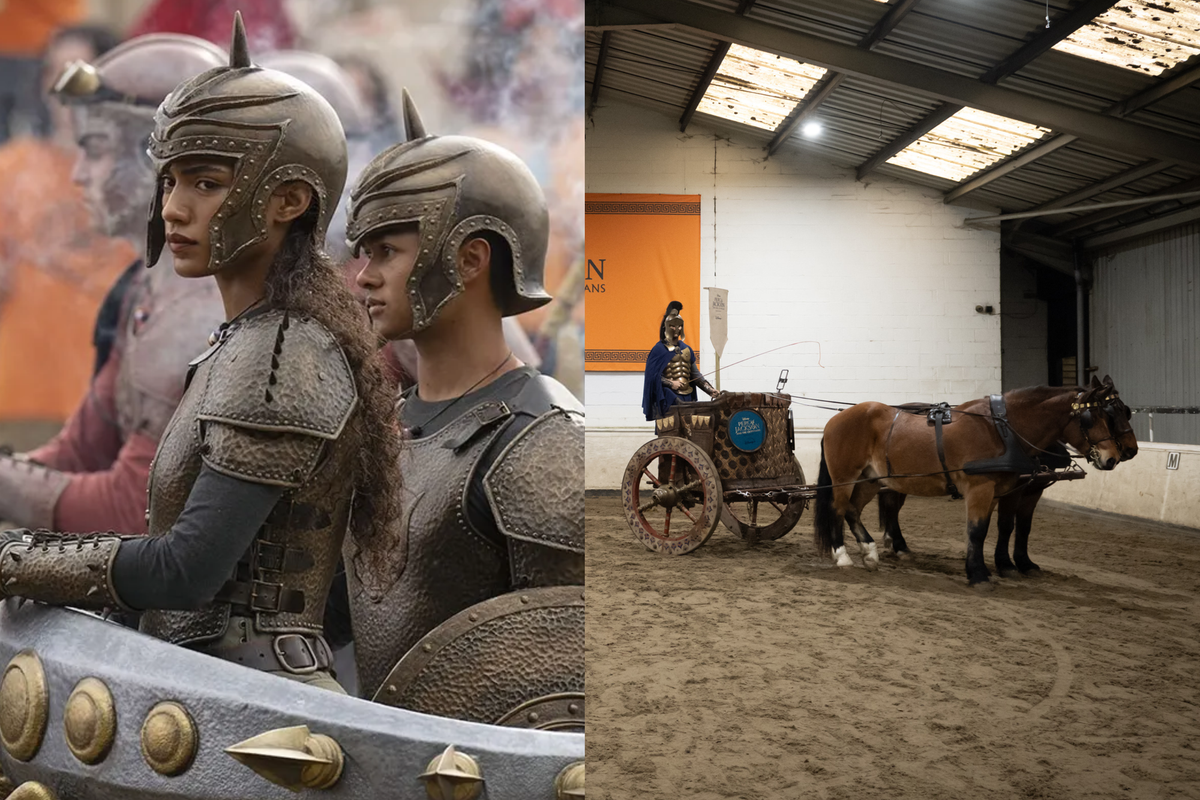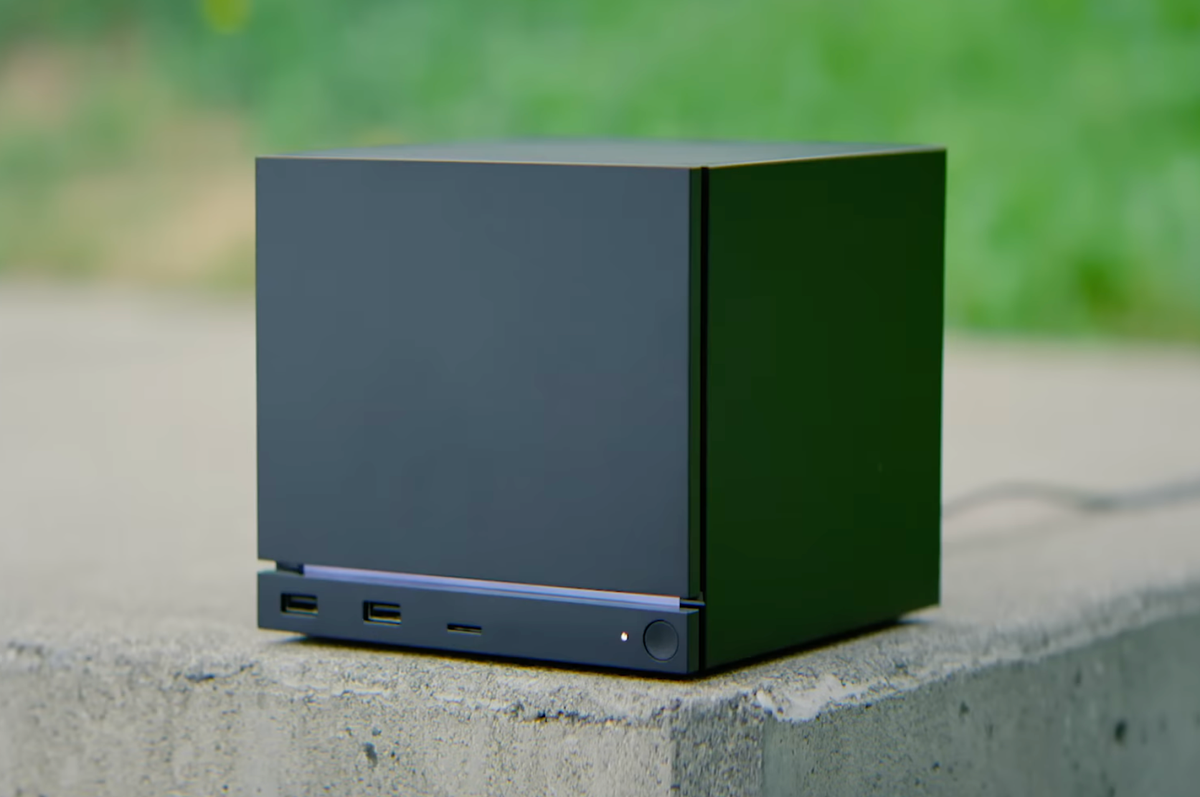Scores of non-Brits have misunderstood the Queen’s speech, much to the enjoyment of people on social media.
A number of American Twitter users have overemphasised Her Majesty’s role in the proceedings, in which she formally reopens Parliament and outlines the Government’s priorities for the year ahead.
Just to be clear, that’s the Government’s priorities, not hers.
The sovereign has more of a figurehead role and does not initiate legislation in Parliament, nor vote on it.
She reads out the speech in the House of Lords, but it was written by ministers. Her being there is just another part of the pomp and ceremony of British political culture.
Read more:
- 10 of the best reactions after Leonardo DiCaprio branded ‘unrecognisable’ in new Scorsese film
- TikTok influencer finds out boyfriend is cheating thanks to live photo blunder
- Boyband Blue flown to Milan by Donatella Versace after being mistaken for Blur
- Worker explains why they kicked woman out of vegan cafe for giving kid a ham sandwich
- Man instantly rejected at job interview after ignoring ‘receptionist’ who was actually hiring manager
But some people appear to be mixed up, believing that everything announced was devised by the monarch herself.
Americans learn what a Queen’s Speech is and who writes it challenge. https://t.co/N5QNZknzFs— Tom Harwood (@Tom Harwood) 1620723527
For some reason US conservatives seem to have suddenly got the impression that the Queen is a big voter ID fan. https://t.co/j3qYIWUg6w— Adam Bienkov (@Adam Bienkov) 1620725263
In a specific twist to the tale, some US conservatives have mistakenly claimed the Queen as an ally through their exaggeration of her role.
They have used this misunderstanding to further their political agenda on issues like needing ID cards to vote in elections:
There’s an weird meme emerging on Conservative Twitter right now that Elizabeth II is somehow owning the libs by en… https://t.co/nbnStEGNxU— Matt Ford (@Matt Ford) 1620705558
Boris Johnson has defended plans to require voters to prove their identity before casting ballots, despite condemnation from civil liberties groups and senior MPs on both sides of the Commons.
The Prime Minister said it was “complete nonsense” to suggest he was trying to supress the votes of those who do not back the Tories by introducing the identification requirement.
His party’s 2019 manifesto committed to introducing the requirement to produce identification in order to vote at a polling station.
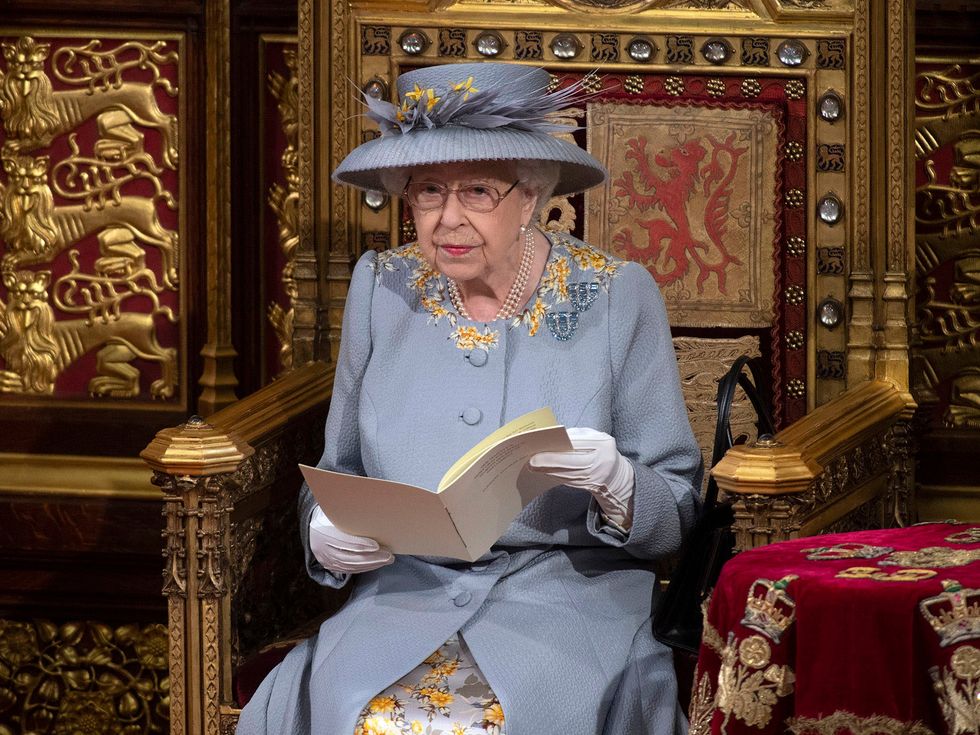
The Queen’s Speech – and remember, it was NOT WRITTEN BY THE QUEEN – on Tuesday morning marked the monarch’s first major public ceremonial appearance since the death of her husband Prince Philip.
It was her shortest speech since 2016, lasting just 937 words and clocking eight minutes and 53 seconds.
It set out the Government’s legislative agenda, with Johnson hailing it as a plan for “unleashing our nation’s full potential”.
Around 30 pieces of legislation promised in the speech include:
- A Health and Care Bill to better integrate the NHS and social care systems.
- A Planning Bill to make it easier to build new homes, schools and hospitals.
- New laws to scrap the Fixed-term Parliaments Act, meaning it will be easier for Mr Johnson to call an early general election before 2024.
- A Counter-State Threats Bill to introduce a US-style register of foreign agents to help counter espionage and influence from hostile governments.
- An Online Safety Bill requiring tech giants to tackle illegal content on their platforms and clearly set out in their terms what content is and is not acceptable.
- The return of the controversial Police, Crime, Sentencing and Courts Bill, which saw demonstrations over concerns that it would curtail the right to protest when it was last before Parliament.
- A Higher Education (Free Speech) Bill giving regulators the power to fine universities or students’ unions in England if they fail to protect freedom of expression.

The Government also promised a “levelling-up White Paper” setting out how the PM intends to meet the promises made to voters in former Labour-voting areas.
“As the United Kingdom gets back on its feet, we will turbocharge our economic recovery in every part of our country, increasing and spreading opportunity,” Johnson declared.
Also promised were measures to ban so-called conversion therapy to protect LGBT communities from “abhorrent practices” which can cause mental and physical harm.
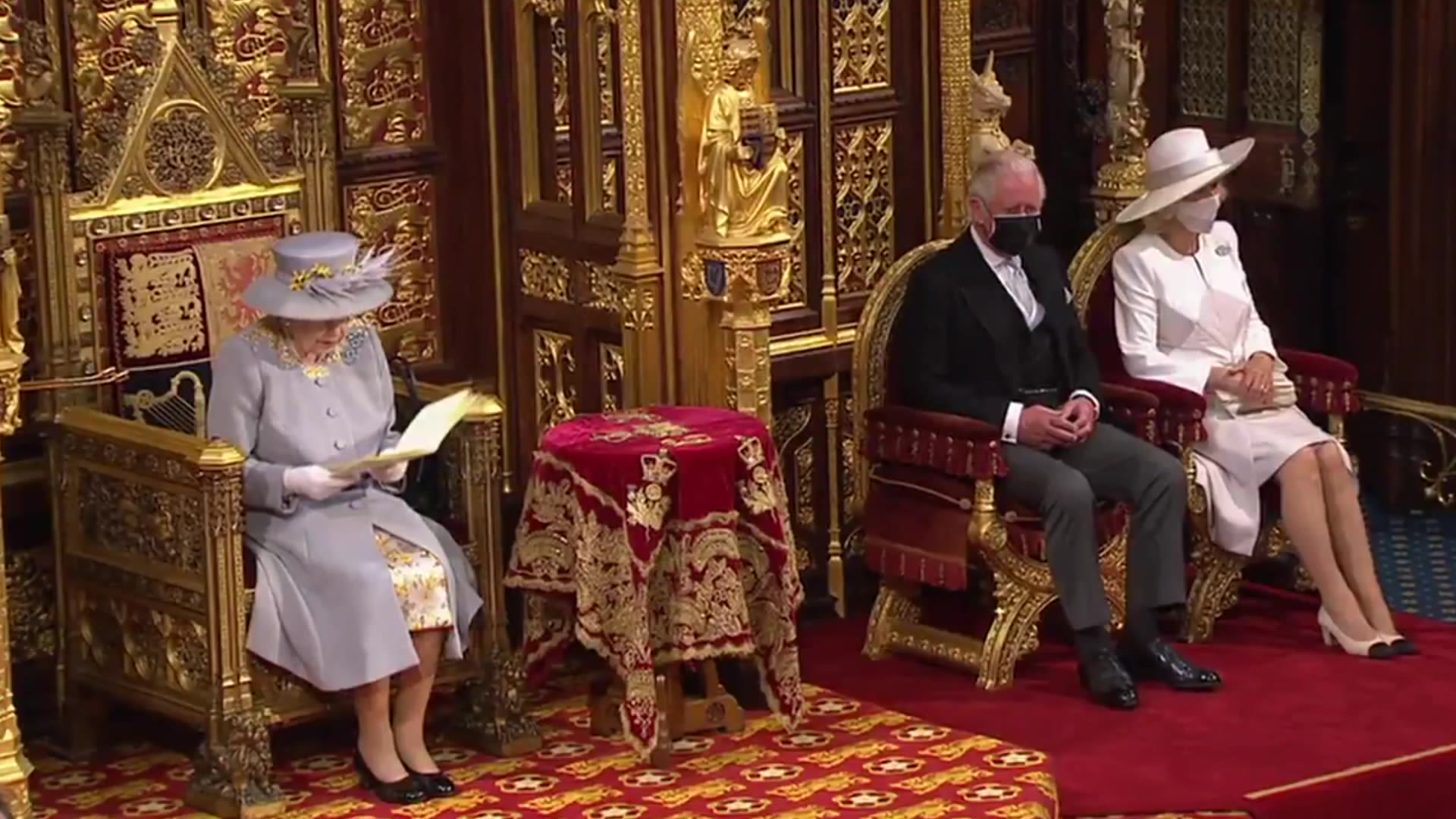
The Prime Minister said the Queen’s Speech will “fulfil our pledge to unite and level up and build back a better Britain”.
The usual pomp and ceremony of the State Opening of Parliament was scaled back drastically to reduce the potential for spread of Covid-19, and all attendees had to have a negative test beforehand.
The Prince of Wales and the Duchess of Cornwall joined the Queen at the event, but there were no horse-drawn carriages.
The monarch, in day dress and hat, travelled from Buckingham Palace to the Palace of Westminster by car.
